Don’t start pruning or clearing up yet. Native plant aficionados and non-native plant gardeners alike are touting that same advice. Both recommend to let plants recover on their own for about four weeks as temperatures begin to warm up.
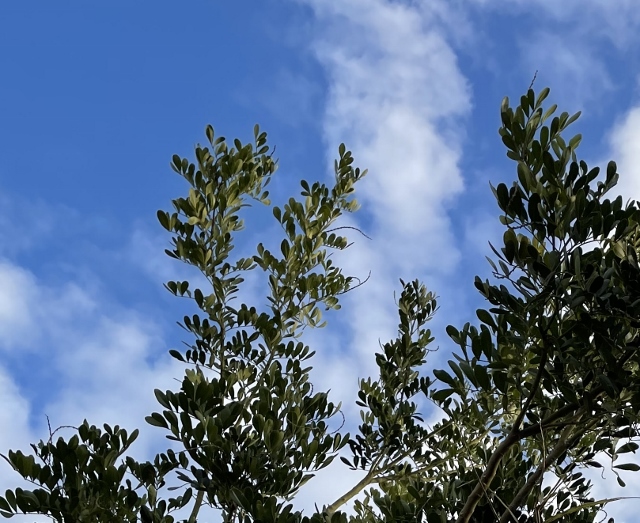
I happened to catch some good information through a couple of Facebook pages, specifically, Friends of Hugh Ramsey Nature Park where Donny R. CaStle, from South Texas Gardens Facebook page kindly shared recommendations:
- Don’t encourage growth yet by using fertilizers
- Water cold-shocked plants to help them rehydrate
- Don’t start clipping dead-looking leaves, limbs and shoots yet
Another Facebook page worth a look is Native Plants of the Rio Grande Valley.
It’s early days yet to know what will have survived and what’s beyond repair after freezing temperatures left Valley habitats and residential gardens looking pretty well decimated.
The leaves on many of my shrubs and trees have turned black. It’s tempting to whack everything to ground level and hope for new growth, but recall, pruning also stresses plants; the damaging temperatures have already stressed plants, shrubs and trees. Even during appropriate pruning times, it’s recommend to remove no more than one-third of a tree’s branches at one go.
In addition, many plants may still be alive underground although the tops are toast. Many self-propagating native plants would have already gone to seed and will begin pushing up new plants in spring anyway, like Turk’s cap, pink mint, salvia, heliotrope, frostweed, Mexican caesalpinia, native sunflowers and other important spring nectar and pollinator plants.
I’ve not taken full stock in our gardens, but the Texas Mountain Laurel leaves are as green as any other time of the year. Amazingly, dead shrubs of fall-blooming mist flower are decorated with bright green wrappings of snapdragon vine. Pink mint is still showing tiny delicate blooms. Ubiquitous sow thistles don’t seem at all affected.
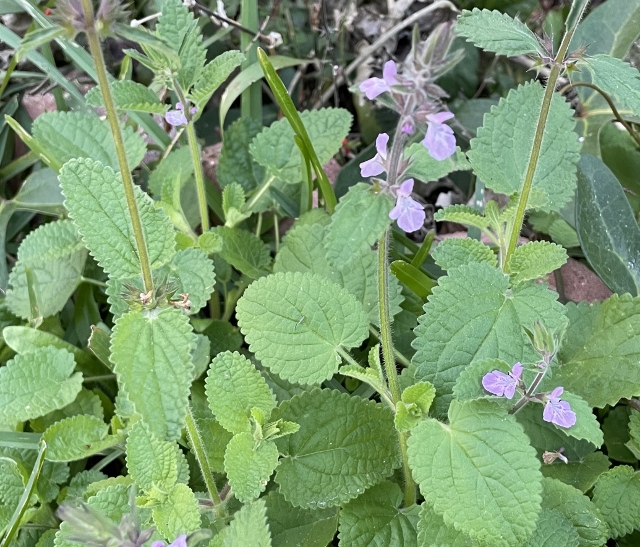
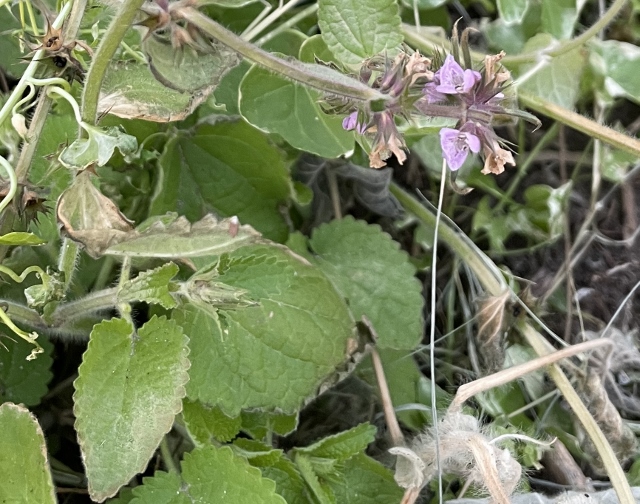
It’s not going to be easy to wait four weeks to see if new growth is going to sprout on shrubs and trees but it’s good advice. Brief searches on the Internet give similar advice to wait and see. One in particular is for the banana tree. Banana plants are tropical and don’t survive extended periods of freezing weather although they are an extremely popular plant to grow here in the Valley. It seems anyone with a couple of square feet of earth has a nice stand of banana trees. I know I’ve shared many small banana plants with a number of friends and neighbors.
Correctly, banana plants are not trees, they do not have a stem, or trunk but have what is considered a pseudostem. Bananas, and their morphological cousins, plantains, are in the Musa genus. Bananas are a sweet fruit eaten raw; plantains are a starchy fruit, larger than the fruit of a banana and are eaten cooked, not raw. Both are technically large herbs; their fruit is classified as berries.
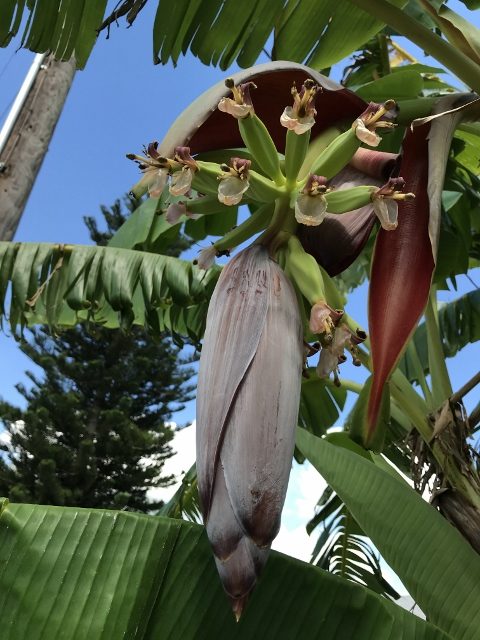
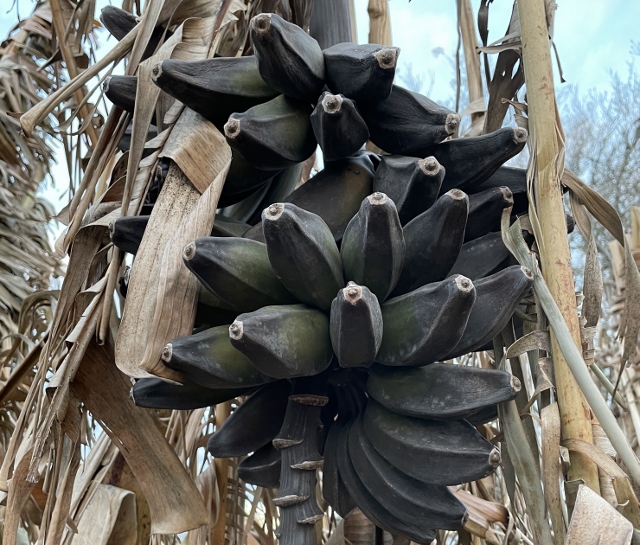
There are some 70 species of the genus Musa grown in more than 135 countries. Whether you have a species of banana or plantain, the advice is the same: don’t remove them yet.
Leaf damage will happen at 32 degrees Fahrenheit. Underground, the corm, a big rhizome, will die at sustained temperatures of 22 degrees Fahrenheit and lower. Once a banana plant has frozen, it is recommended to wait until spring to assess the damage. Plants often appear dead, but new growth may appear in spring. The dead outer layers of the pseudostem can help insulate the live core from further damage, according to information from gardenguides.com (pruning banana plants after freeze).
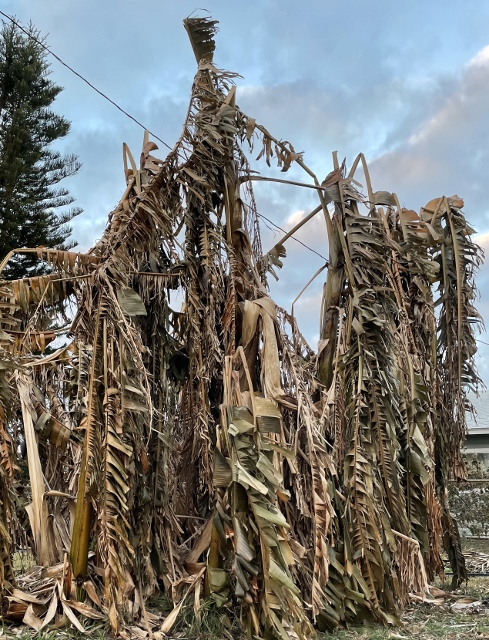
If the banana plant can be pushed over, or it falls over on its own, then all is well and truly lost for that above ground plant, but the root system, the rhizome, will most likely send up new shoots around the base. The dead pseudostem can be cut back to ground level once there is no warning of freezing weather.
Regardless of the weather, after a banana plant produces fruit, and the fruit ripens and is harvested, the mother plant dies, but the prolific species is continually shooting up suckers, or pups. Anyone who has experienced thinning a banana stand or having gone through two of the other freeze periods in the past fifteen years, knows that removing rotting banana plants is an unpleasant task.
A word of advice: do not use a chainsaw to cut through the pseudostem. It will immediately gum up and stall. Instead, it’s tremendously easy to cut through the fibrous pseudostem by hand with something like a curved, 14-inch pruning saw. On a summer day, the stalk of a banana plant is probably about 50 percent water. Once the 13- to 15-foot plant has frozen and thawed, it seems to be 100-plus percent water. Not only are the dead plants heavy, they are limp, slimy, gooey and smelly. Wash tools and equipment afterwards — purchase a new pair of gloves. The worse part of this clean-up detail is getting the debris to the designated pick-up area.